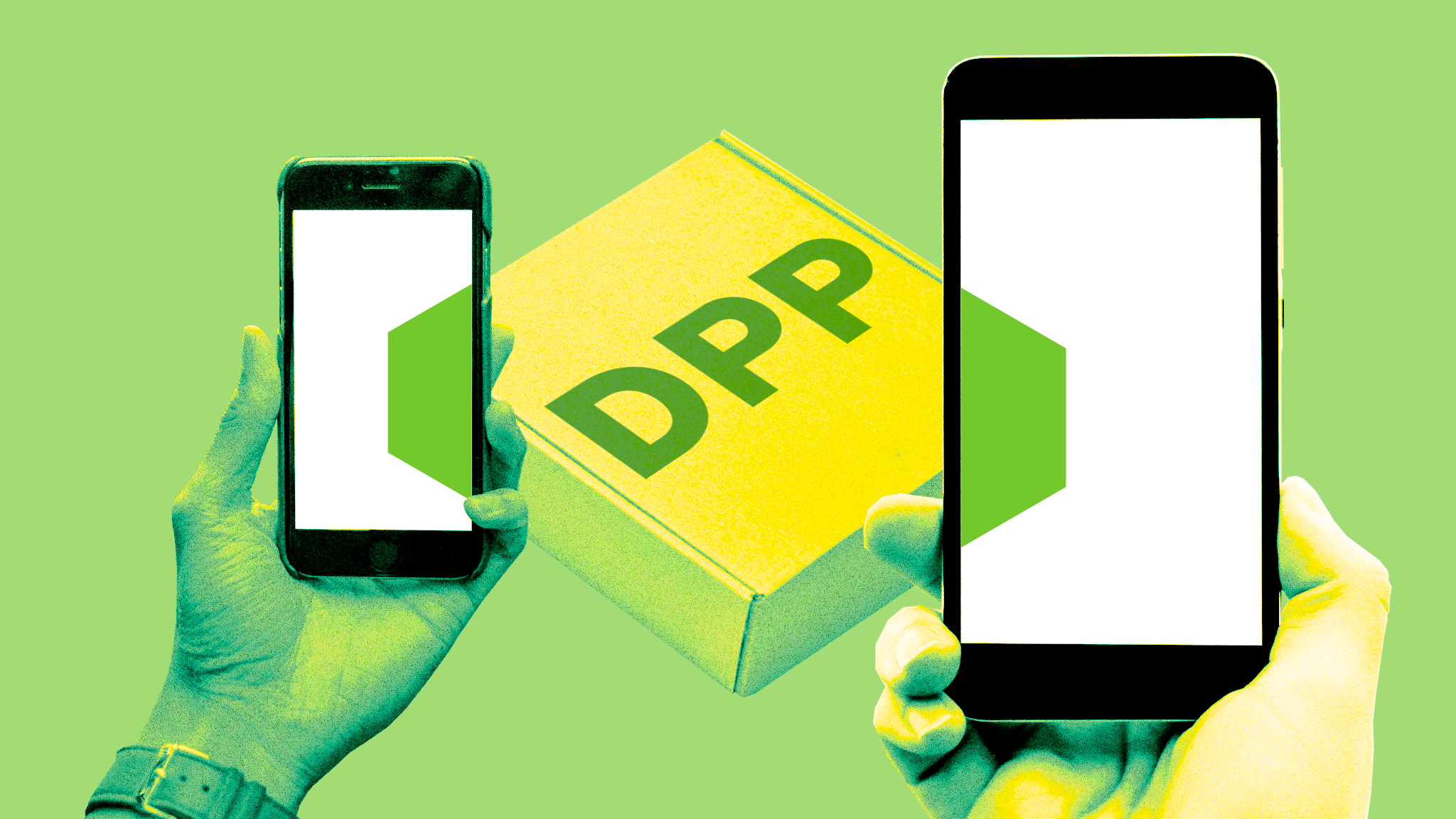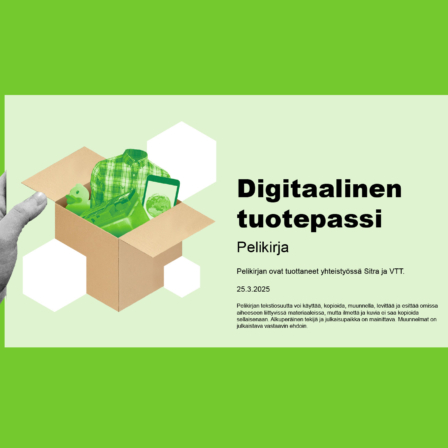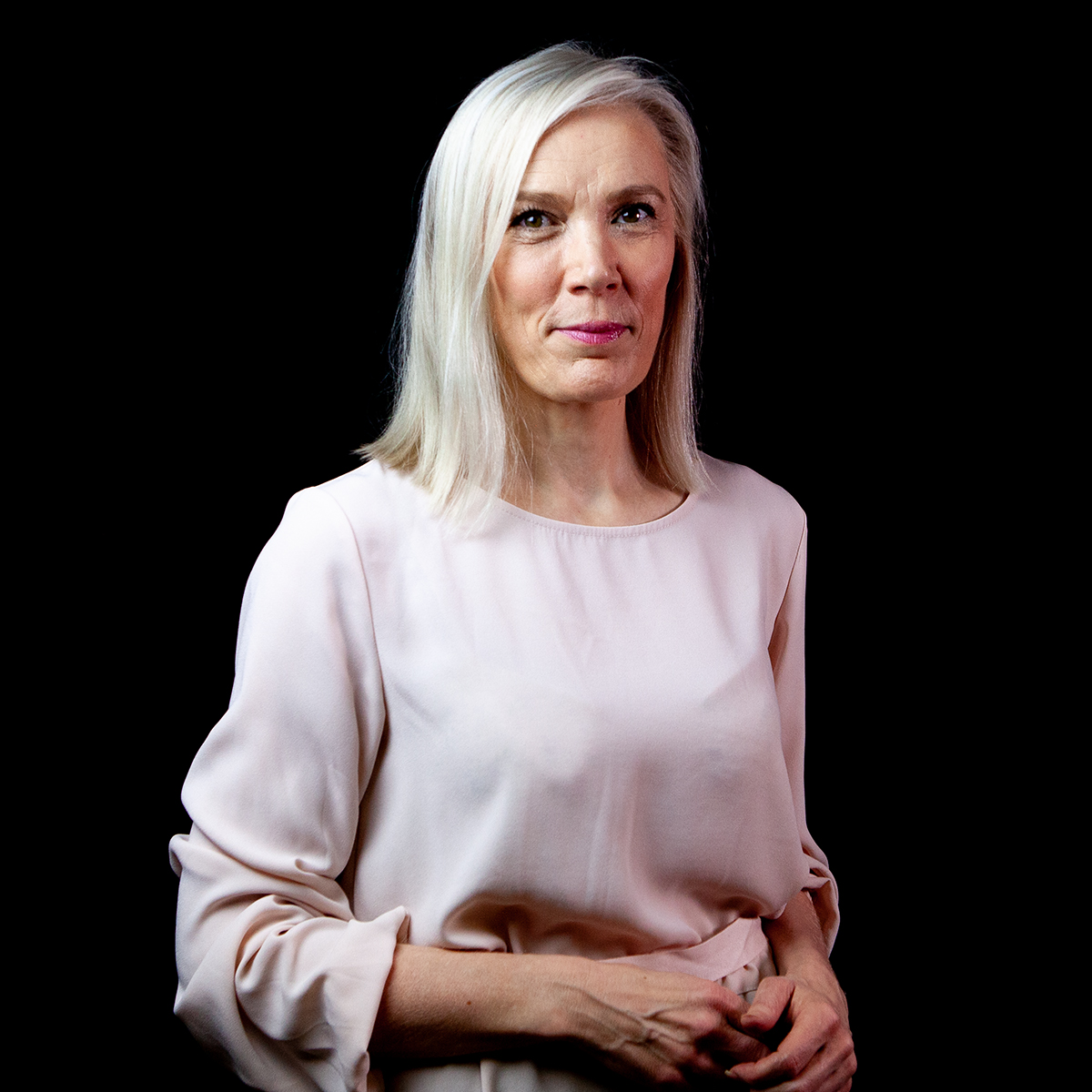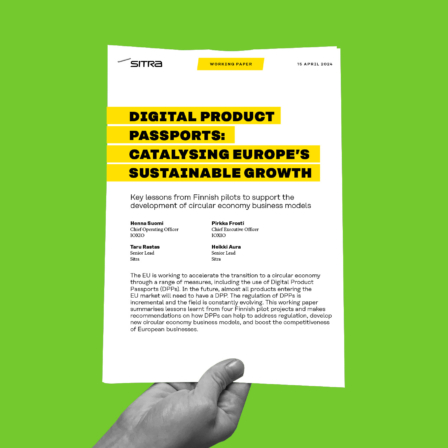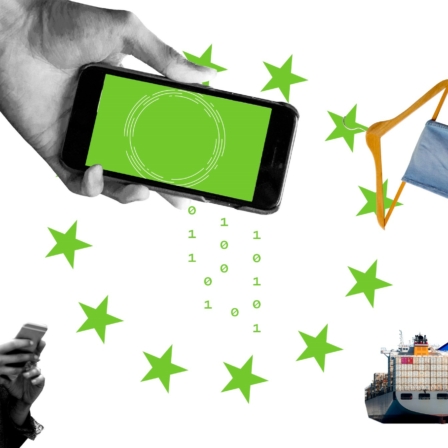Product passports are intended to include information about the lifecycle of the product – such as the origin of materials, manufacturing process, carbon footprint, reparability, use and recycling. Product passports help improve transparency in production chains and traceability of products or materials. The purpose of product passports is to support more sustainable production and consumption, as well as the circular economy.
The product passport is implemented as an identifier attached to products, which enables consumers, for example, to read information on their phones, such as instructions related to product repair and recycling. In accordance with the EU’s ecodesign regulation, the product manufacturer or importer is responsible for the implementation of the product passport. The first product groups subject to this obligation are battery, textile and steel products.
Practical help from the playbook for implementing product passports
The Digital product passports playbook (in Finnish, summary in English) offers perspectives, practical information and tools to help companies initiate the design and implementation of product passports from their own starting points. The playbook was written in collaboration with the Finnpass network and published by Sitra.
Although the requirements and standards for product passports are still being refined, the playbook encourages proactive preparation. By starting work in a timely manner, companies ensure that the collection and transmission of information throughout the value chain during the lifecycle of the product succeeds.
“The economic significance of product passports in terms of both benefits and investments is substantial. Companies should take action now and familiarise themselves with the opportunities and requirements of product passports. The playbook we have created through extensive collaboration provides guidance to get started,” encourages Taru Rastas, Senior Lead at Sitra.
In practice, the collection of information required for product passports affects a wide range of Finnish companies, as product information must be transfered throughout the entire value chain from suppliers of materials and product components to manufacturers, and further to the aftermarket and recycling throughout the lifecycle of the product. Thus, companies that supply components to products, such as subcontractors or contract manufacturers, must also be able to provide product information across value chain as part of the product traceability.
“For companies that have already experimented with and started implementing product passports, new business opportunities have emerged. For example, in the textile industry, several companies are developing new concepts using product information, from product design to added-value services offered to customers or maintenance services that extend the lifespan of products. In the metal and engineering industry, battery passports for machines provide information about the quality and materials of products, which is valuable information for the aftermarket,” tips Rastas, who has led the product passport pilots funded by Sitra.
Support and guidance from the playbook and network
Explore the Digital product passport playbook and receive guidance to start working with product passports. The playbook has been produced in collaboration with the Finnpass network, run by Sitra and VTT.
The Finnpass network strengthens awareness and collaboration and creates practices for the adoption and implementation of product passports in Finland. Partners include Business Finland, the Confederation of Finnish Industries, Technology Industries of Finland, the Energy Authority, the Ministry of the Environment, SFS – Finnish Standards, Motiva, the Finnish Textile and Fashion Association, the Chemical Industry Federation, the Finnish Steel and Metal Producers Association, Finnish Commerce Federation and VTT. Practical ideas and current information on the topic are shared in the network’s LinkedIn group.
Contact us if you would like more detailed information about the playbook or a presentation. We also welcome feedback on the playbook.
Contact us
Ask us or leave a comment.
